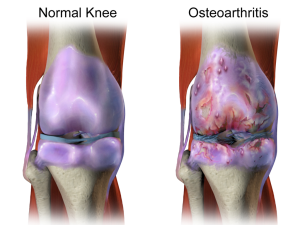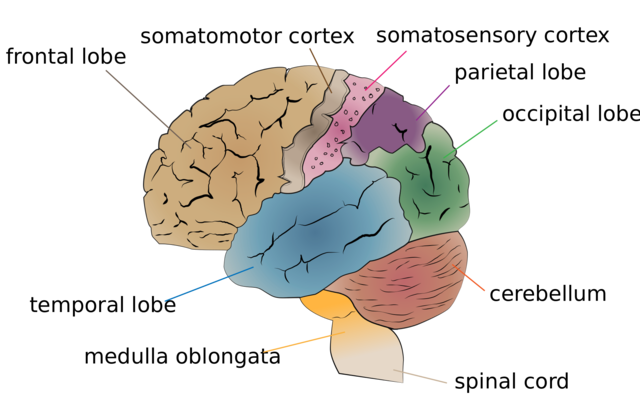
Combining forms are the combination of the root and the combining vowel. The root gives the essential meaning of the medical term. The combining vowel is usually an o but occasionally an i.
The following tables go through some of the most common combining forms, their meaning, and an example of a medical term that uses the combining form. Illustrations, key concept textboxes, and review questions are included to help you better understand the combining forms. It is very important that you become familiar with all of them. Making flashcards and reviewing them daily is very important when learning a new language.
Table 1.1. Combining Forms
| COMBINING FORM | MEANING | EXAMPLE OF USE IN MEDICAL TERMS |
|---|---|---|
| abdomin/o | abdomen | abdominal |
| aden/o | gland | adenoma |
| amni/o | amnion sac | amniocentesis |
| an/o | anus | anal |
| append/o | appendix | appendectomy |
| angi/o | vessel | angiogram |
| arteri/o | artery | arteriosclerosis |
| ather/o | plaque | atherosclerosis |
| arthr/o | joint | arthritis |
| axill/o | armpit | axillary |
| bi/o | life | biology |
| bronch/o | bronchial tube | bronchitis |
| bronchi/o | bronchial tube | bronchiectasis |
| carcin/o | cancer | carcinoma |
| cardi/o | heart | cardiology |
| carp/o | wrist | carpals |
| cephal/o | head | cephalic |
| cerebr/o | cerebrum | cerebrovascular accident |

Fig. 1.1 is an image of a normal knee and a knee that has osteoarthritis. If you break this term apart, it means “inflammation” (-itis) of the “bone” (oste/o) and “joint” (arthr/o). Note that the combining vowel is dropped because the suffix starts with a vowel.
 lobes of the cerebrum" width="640" height="414" />
lobes of the cerebrum" width="640" height="414" />
Fig. 1.2 identifies the lobes of the cerebrum. If you break down this term, it means a “structure” (-um) surrounding the “cerebrum” (cerebr/o). Note that you drop the combining vowel because the suffix begins with a vowel.